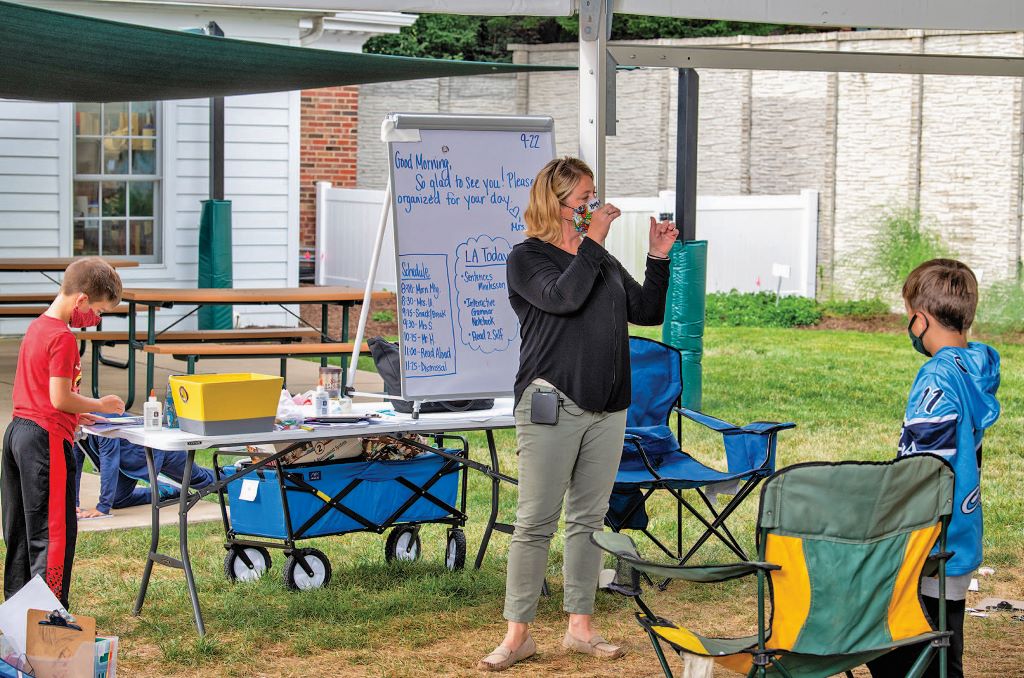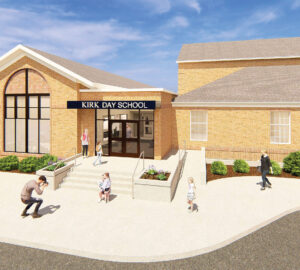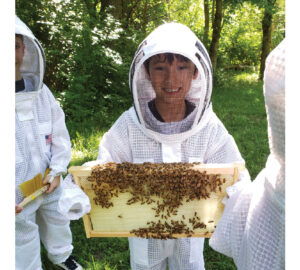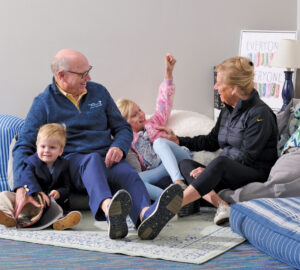With the COVID-19 situation changing daily this summer, no one knew what fall or the new school year would look like. There’s no denying the importance of in-person learning, but how could schools ensure the health and safety of students and staff? For Forsyth School, answering that question meant creative problem-solving and finding innovative new uses for existing resources. The independent elementary school in the Wydown-Forsyth Historic District serves students age 2 through grade six, providing an engaging curriculum that prepares them to thrive in secondary school and beyond.
“We have emphasized making choices that keep everyone healthy and that also are educationally valid,” head of school Dan Hildebrand explains. “We want to be as safe as possible while still being able to cover all the content we would in any other year.” Forsyth has adopted a hybrid learning model that incorporates on-campus classes without alienating families that choose to continue with distance learning. Early childhood and kindergarten students have resumed full-time, on-campus classes, while grades one through six have adopted an alternating, half-day schedule. Classes are divided into cohorts of approximately 15 or less, which includes faculty and staff, and no more than 300 individuals are on the campus at any given time
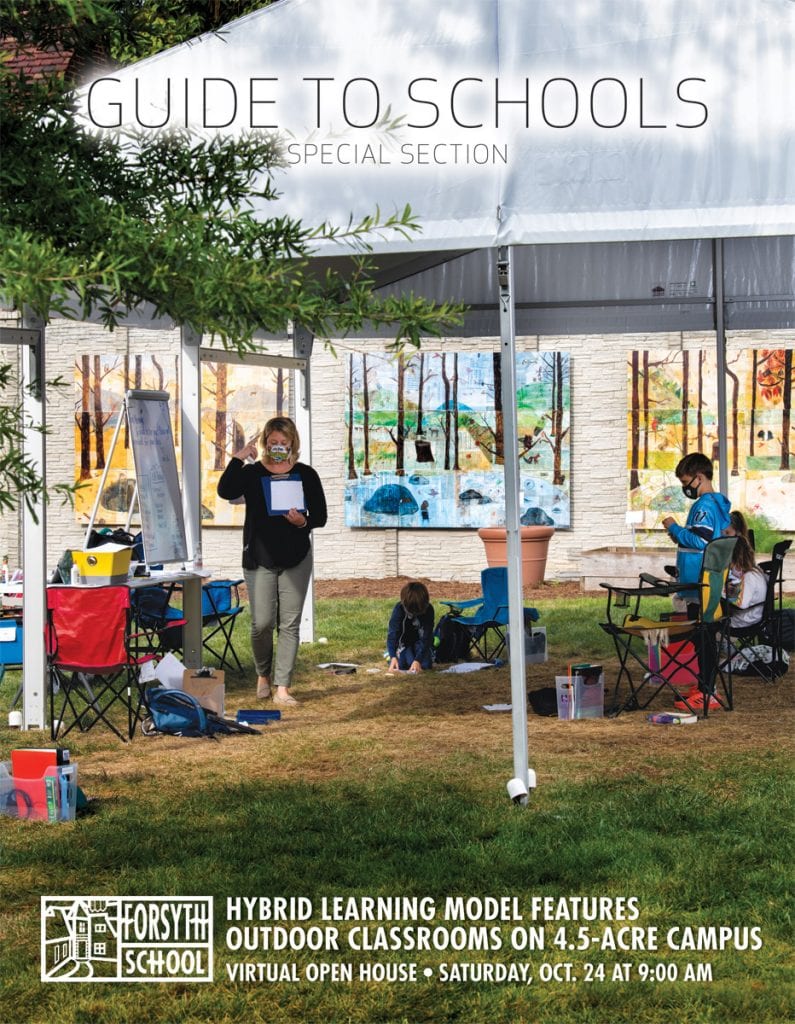
The school’s smaller enrollment and unique campus make accommodating a hybrid learning model possible. Its grounds are located on 4.5 acres, and its eight buildings include six historic homes—three each on the parallel streets of Wydown and Forsyth Boulevards. The homes’ adjoining yards create a large courtyard area. Forsyth has used its outdoor space to set up 13 open-air tents to act as classrooms for grades one through six. “We’ve always had a strong environmental focus, so our teachers are used to holding lessons outside,” Hildebrand says. “We’re lucky that the weather has cooperated, and the kids are thrilled to be back after five months away.”
Forsyth’s multiple buildings also means that each cohort can be assigned to a bathroom, limiting the number of people inhabiting communal spaces. Pick-up also is able to be done at different entrances, further helping maintain social distance. Students are required to wear masks except when eating lunch, and the school has implemented new cleaning regimens and invested in upgrades to improve indoor air quality. “All employees and families are screened using an app called Ruvna, and we take the temperature of everyone on campus,” Hildebrand adds. “The kids have been able to adapt quickly. We have regular hand-sanitizing breaks and sing songs about wearing your mask.”
Forsyth is ready to keep adapting as the situation evolves. The school plans to shift more classes indoors and return to a full-day schedule in the upcoming weeks. Families still can opt to attend virtually, and faculty members are streaming lessons, some of them working remotely as well. “I’m so proud that we have found a model that works for returning kids to school, so they can work on academic and socioemotional development,” Hildebrand says. “It’s been amazing to see them back on campus learning and having a great time.”
Forsyth School, an independent elementary school in the city of St. Louis, serves students age 2 through grade six. Pictured on the cover: A grade three learning cohort in front of Falcon Falls. For more information, call 314.726.4542 or visit forsythschool.org.
Cover design by Julie Streiler
Cover photo by Colin Miller of Strauss Peyton Photography
Pictured at top:
Photo: Colin Miller of Strauss Peyton Photography





